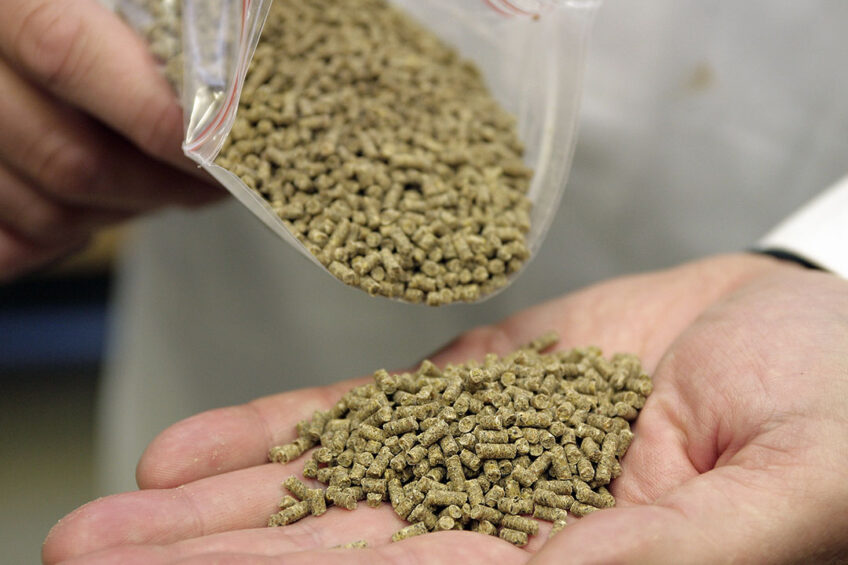Iran farmers criticise government policy on broiler market

Iran’s poultry farmers are worried that the government may further deepen the crisis in the broiler meat production segment by allowing more imported poultry meat.
The Iran’s Council of Ministers has greenlit the import of 120,000 tonnes of chicken at the exchange rate of 42,000 rials ($ 1) per dollar.
Cheap poultry imports could worsen the situation for poultry farmers
Arsalan Ghasemi, the head of the Agriculture Commission of the Cooperative Chamber, criticised the decision to combat the upward price rally by allowing more cheap imported chicken to enter the domestic market. “If the same amount of currency that they now want to spend on importing chicken was spent on domestic production at the right time, the chicken market would not be so unhealthy now,” Ghasemi said. Poultry farmers already suffer losses, and cheap import could significantly worsen their predicament, he added.
No feed, no poultry
The designed production capacity of Iran’s poultry industry is close to 2.3 million tonnes, while the domestic demand ranges between 1.8 and 1.9 million tonnes per year. Under the right policy, Iran could easily be self-sufficient in broiler meat, Ghasemi said. The problem, however, is that Iran experiences a sharp shortage of feedstuff. Numerous poultry farms had to cut down their poultry population during the past several months, due to the skyrocketing costs and the lack of feed.
Politics hinder growth in Iran’s poultry sector
Iran could be a poultry production power house, with Iranian poultry farmers having the potential to boost exports to 500,000 tons of meat per year, but sanctions and national politics remain an invincible obstacle on this path. Recently this culminated in birds being killed due to lack of feedstuffs entering the country. Read more…
Lack of foreign exchange hampering feedstuff import
Iran’s poultry farmers have written a letter to the Ministry of Agricultural Jihad calling for more money to be spent on importing feedstuff. The lack of foreign exchange currently is the main factor hampering feedstuff import, and producers questioned why the currency is spent on importing broiler meat, instead of corn and soybeans.
On verge of day-old chick shortage
Habib Asdalhnzhad, deputy director of the National Poultry Union also said that the Iran’s poultry industry is on the verge of a shortage of day-old chicks. The price in this segment jumped from 4200 tomans ($ 1) to 7,500 tomans ($ 1.7) during the previous month, which could bring even more problems to Iran’s poultry breeders.












